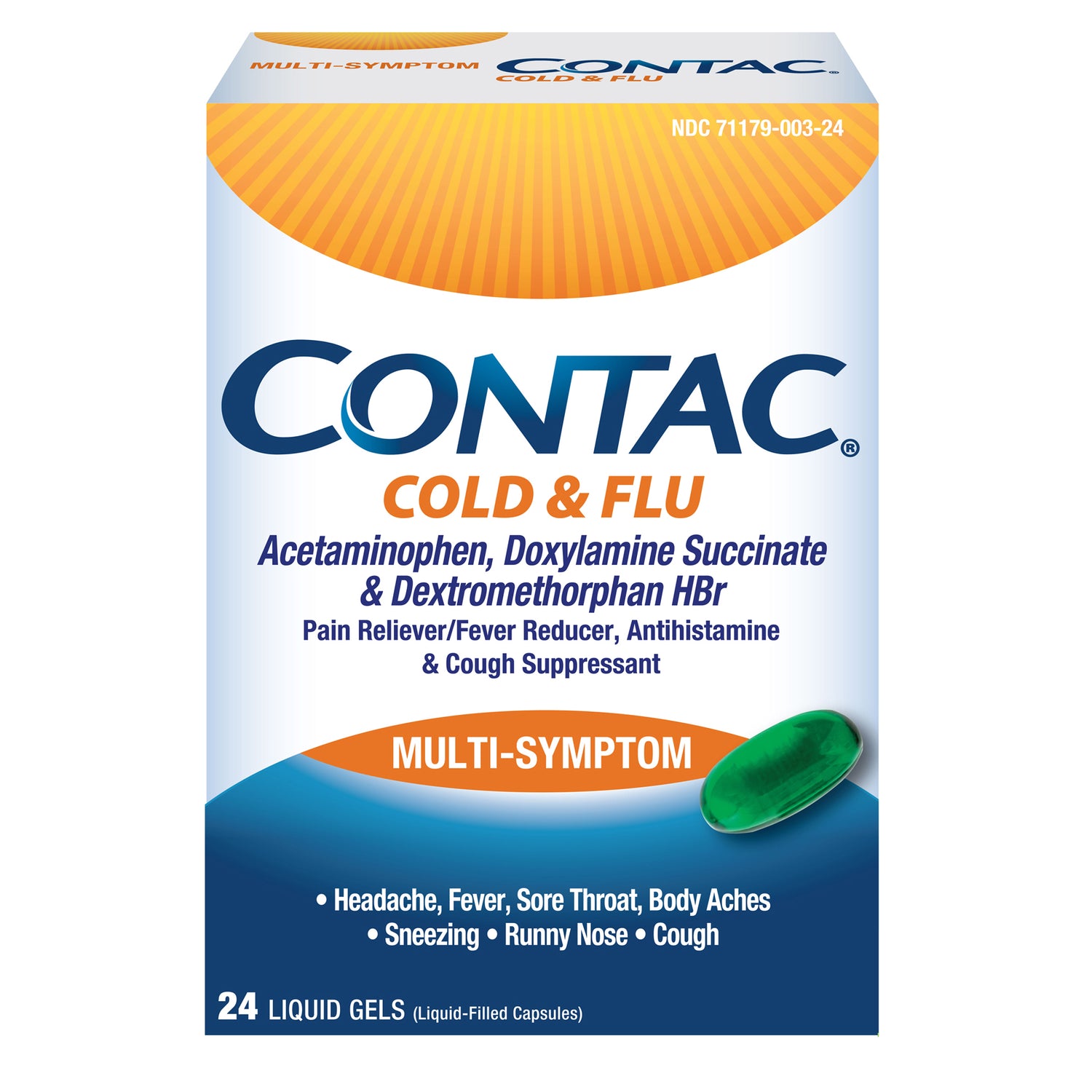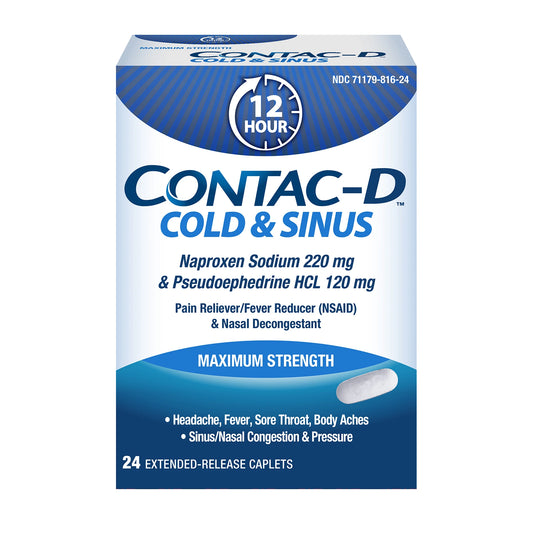
Avoiding a Cold or the Flu
Share
Sick of always catching colds or the flu?
Every year, millions of Americans contract the flu. The single best way to avoid the flu is to get a flu shot each and every year. Avoiding a cold is not so simple; but there are some basic principles you can apply in hopes of avoiding a cold/the flu.
How are common colds spread? How is the flu virus spread?
The cold or flu virus is spread when an infected person coughs or sneezes, expelling viral-infected droplets several feet. These viruses can also live on any object that comes in contact with an infected person. Objects such as door handles, telephones, towels, and silverware can still spread a virus days after being contaminated.
Touching your nose, mouth or eyes after handling an object contaminated by a virus will likely infect you. One of the most important factors in avoiding a cold/the flu is to keep your hands away from your face!
What can you do at work, school or in public to avoid infection?
Ideally, you should try to avoid infected people. Of course, that’s easier said than done. The most important thing you can do for avoiding a cold/the flu infection is to wash your hands frequently with antibacterial soap and hot water. Hand washing is one of the best ways to avoid catching, or spreading, the viruses you come in contact with.
What can you do at home to avoid spreading the flu virus to family members?
There’s nothing worse than suffering through the flu, only to pass it along to a family member and watch them suffer as well. There are a few simple ways you can prevent the spread of the virus to family or household members.
- Wash your hands frequently with soap and water or an alcohol-based hand rub
- Cover your nose and mouth with a tissue when coughing or sneezing
- Properly dispose of tainted tissues
- Never share glassware or silverware with infected persons
- Limit contact with others as much as possible to keep from infecting them
Facts and Stats About the Spread of Colds and Flu
Common Cold Stats
- 62 million cases of the common cold occur each year.
- 20 million school days and 22 million days of work are lost annually due to the common cold.
- Children have about 2-6 colds a year, while adults average about 1-3 colds a year.
Seasonal Flu Stats
- Healthy adults may be able to infect others with the flu virus beginning 1 day before symptoms develop and up to 5 to 7 days after becoming sick.
- Children may pass the virus for longer than 7 days.
- Symptoms start 1 to 4 days after the virus enters the body. You may be able to pass the virus someone before you know you are sick.
- Flu seasons are unpredictable and can be severe. Over a period of 30 years, between 1976 and 2006, estimates of flu-associated deaths in the United States range from a low of about 3,000 to a high of about 49,000 people.
You can protect yourself and the ones you love from the cold and flu by taking a few simple precautions. Avoiding the flu is easy: get vaccinated every year. Avoiding a cold requires washing your hands often and, if you get infected, practicing good hygiene to avoid spreading the virus to others.
Resources:
Centers for Disease Control and Prevention; Seasonal Influenza (Flu). Retrieved from: http://www.cdc.gov/flu/protect/preventing.htm. January 23, 2012.
National Institute of Allergy and Infectious Diseases. Common Cold. Retrieved from: http://www.niaid.nih.gov/topics/commonCold/Pages/overview.aspx. January 28, 2012.
National Institute of Allergy and Infectious Diseases. Flu (Influenza): Key Facts about Influenza (Flu) & Flu Vaccine. Retrieved from:
http://www.niaid.nih.gov/topics/Flu/understandingFlu/Pages/keyFacts.aspx. January 28, 2012.




